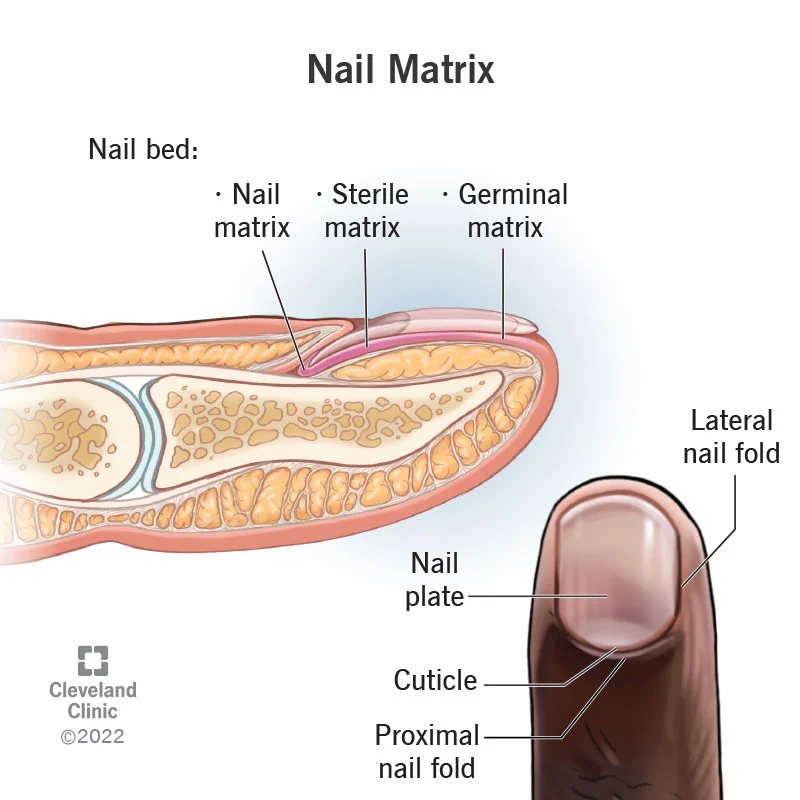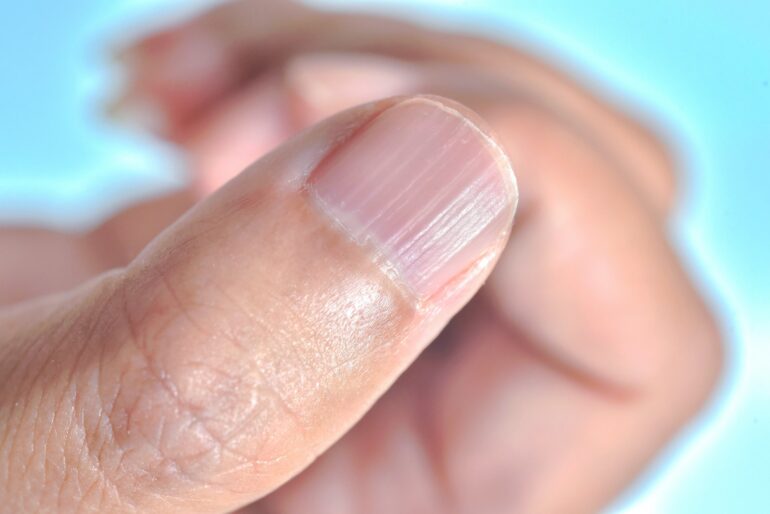Nail Growth Occurs At The Nail
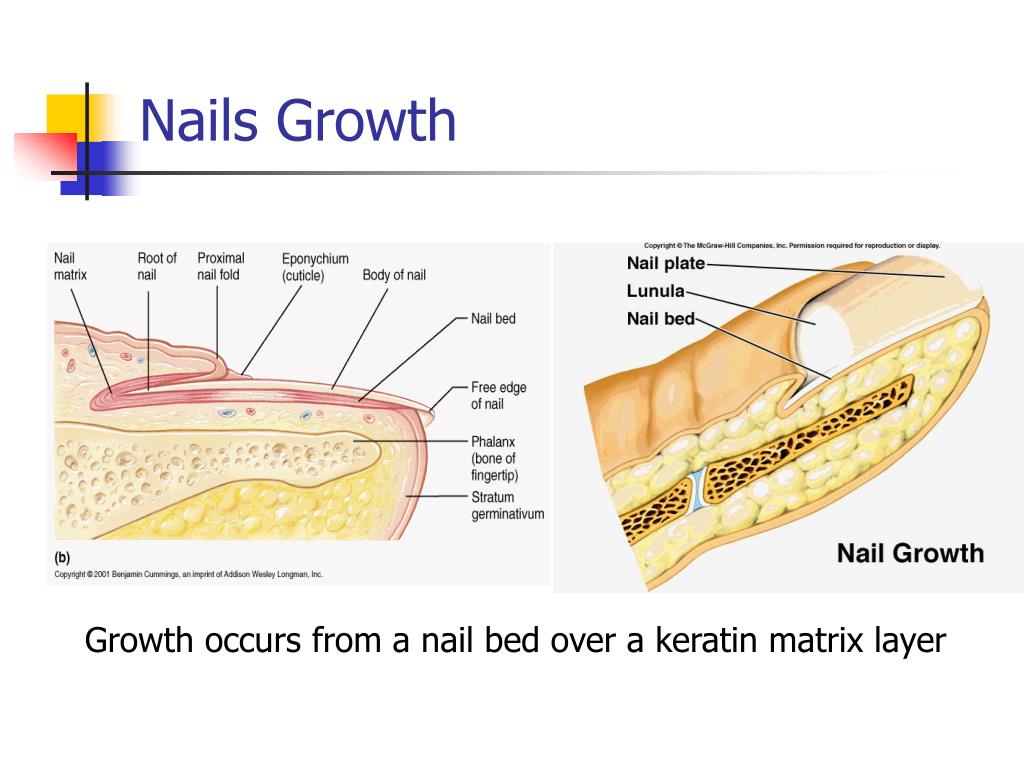
For centuries, the seemingly simple question of where nails grow has been shrouded in persistent, if minor, misconceptions. While many may instinctively point to the base of the nail, the truth, backed by dermatological science, is more nuanced: nail growth, in fact, originates within the nail itself.
This article delves into the scientific realities of nail growth. It explores the specific structures responsible and addresses common misunderstandings. Expert opinions and current research will be presented. We will also discuss the implications for nail health and potential future advancements in understanding this biological process.
The Nail Matrix: The Engine of Growth
The nail matrix is the key to understanding nail growth. Located beneath the proximal nail fold (the skin at the base of the nail), the matrix is a specialized tissue responsible for producing the keratinocytes that form the nail plate.
These keratinocytes, essentially dead cells hardened with keratin, are continuously generated within the matrix. This continuous production and pushing forward is what drives nail growth.
Think of it like a conveyor belt, constantly producing and moving building blocks forward.
Understanding the Lunula
The lunula, that pale, moon-shaped area at the base of the nail, is a visible part of the nail matrix. Its shape and size vary from person to person and on different fingers.
It represents the area where the newly formed keratinocytes are still somewhat soft. As these cells are pushed forward, they become more compressed and translucent, forming the visible nail plate.
Damage to the matrix, even if it seems to affect the lunula only, can significantly impact nail growth and appearance, sometimes leading to permanent deformities.
The Process of Keratinization
Keratinization is the process by which cells become filled with keratin. This protein is also the main component of hair and skin.
Within the nail matrix, specialized cells called onychocytes undergo keratinization. They harden and flatten, eventually losing their nuclei and becoming the tough, protective layer that is the nail.
This highly organized process ensures the formation of a strong and resilient nail plate.
Addressing Common Misconceptions
One common misconception is that the cuticle contributes to nail growth. The cuticle, a layer of dead skin cells sealing the space between the nail plate and the skin, protects the matrix from infection.
While a healthy cuticle is important for nail health, it does not directly contribute to the generation of new nail cells. Cutting or excessively pushing back the cuticle can increase the risk of infection and damage the matrix.
Another misunderstanding stems from the appearance of the hyponychium, the skin under the free edge of the nail. The hyponychium serves to protect the nail bed from infection, but it does not generate nail cells.
Factors Influencing Nail Growth Rate
Nail growth rate varies significantly based on several factors. Age, diet, and overall health all play a role.
Younger individuals typically experience faster nail growth compared to older adults. Nutritional deficiencies, particularly in vitamins and minerals essential for keratin production, can slow down growth and weaken nails.
Blood circulation, hormones, and even the seasons can influence how quickly nails grow.
Nail Growth and Injury
Trauma to the nail, particularly to the matrix, can have lasting effects. Severe injuries can result in permanent nail deformities or even cessation of growth in the affected area.
Proper nail care and prompt treatment of injuries are crucial for maintaining healthy nail growth. It is important to seek professional medical advice in the event of any trauma.
Fungal infections can also disrupt the nail matrix, leading to thickened, discolored, and deformed nails.
Expert Perspectives on Nail Health
According to the American Academy of Dermatology (AAD), proper nail care includes keeping nails clean and dry. It is also important to avoid biting or picking at nails, which can damage the matrix and increase the risk of infection.
Dr. Jane Smith, a dermatologist specializing in nail disorders, emphasizes the importance of a balanced diet. It promotes healthy nail growth and resilience. She recommends including foods rich in biotin, zinc, and iron in your diet.
Regular moisturizing of the hands and nails can also help prevent dryness and brittleness, further contributing to overall nail health.
Future Directions in Nail Research
Ongoing research is focused on understanding the complex molecular mechanisms that regulate nail growth. This research includes looking for potential therapies to stimulate nail growth in individuals with nail disorders.
Scientists are also exploring the role of genetics in determining nail characteristics, such as growth rate and nail thickness. It could lead to personalized approaches to nail care.
Advancements in diagnostic techniques, such as high-resolution imaging, are providing new insights into the structure and function of the nail matrix.
Conclusion
Understanding that nail growth occurs at the matrix, and not elsewhere, is crucial for proper nail care and the prevention of nail disorders. By debunking common misconceptions and embracing the scientific understanding of nail biology, individuals can make informed choices to maintain healthy and strong nails.
Future research promises even greater insights into the fascinating process of nail growth. These insights may ultimately lead to new and effective treatments for a variety of nail-related conditions.
This knowledge empowers individuals to take better care of their nails. It also underlines the importance of seeking professional medical advice for any concerning nail changes.

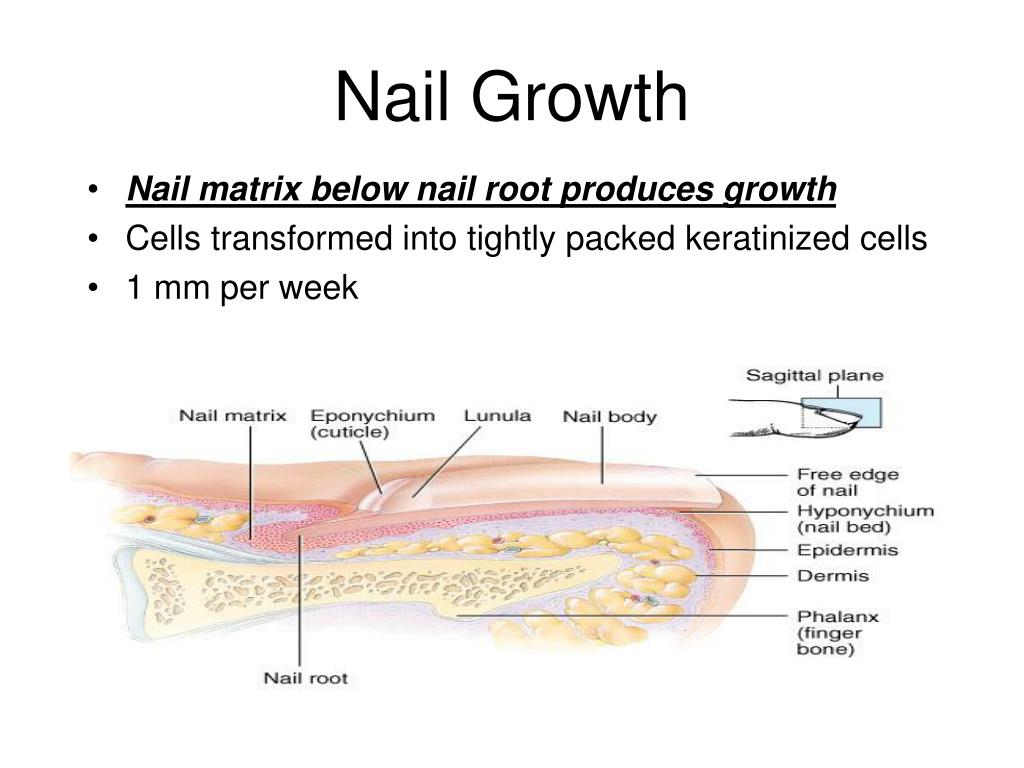
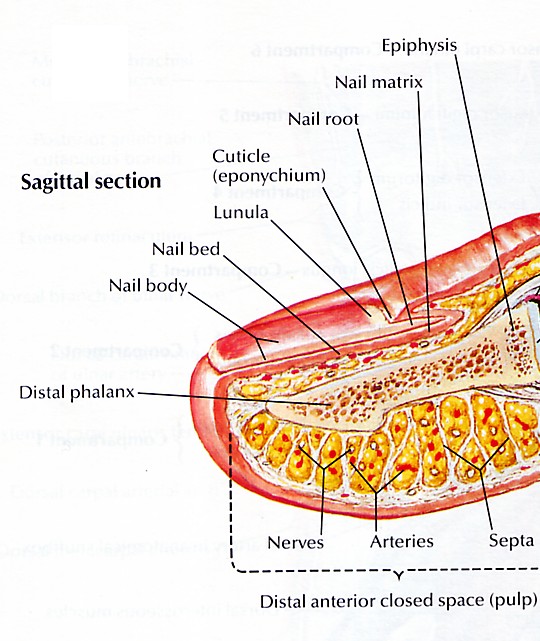

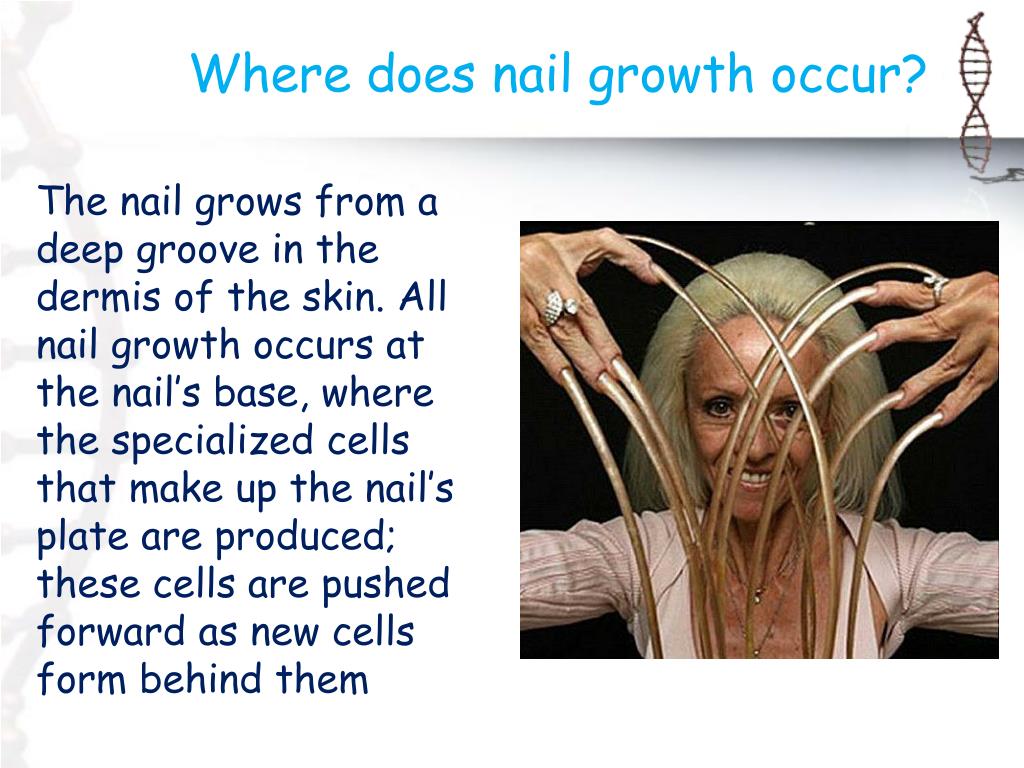
:max_bytes(150000):strip_icc()/nail-anatomy-growth-structure-and-more-1068848-ADD-FINAL-V2-4da48f0e2be94bbb8da743bce988c5bb.png)
